What is inside ?
Knowing what is inside a sealed vessel is a requirement in many industries, where goods are packed under partial vacuum, for example in the pharmaceutical industry or a defined internal gas filling is needed, for example in lighting industry or solar heat products. Standard spot check procedures are often based on destroying the test samples in order to analyze the contents.
The pharmaceutical industry preserves and stores freeze-dried contents in glass containers (vials). The lighting industry uses noble gases in the inner and outer flasks of discharge lamps. In case of solar thermal tubes, the vacuum has to be as complete as possible and the absence of foreign gases is required. The cosmetics industry uses airtight sealed jewelry packs, such as flacons.
For a 100% test, a solution is needed which allows the determination of the filling pressure and / or the gas composition without destroying the sample.
By early detection of failures or tolerance overshoots, further processing costs can be effectively saved.
Cracks in the glass, glass breaks or leaks of the seal, which are not visible to the human eye, can lead to a slow loss of the internal pressure. This occurs during storage or transport. A quick test of outgoing goods or directly at the place of use provides increased safety.

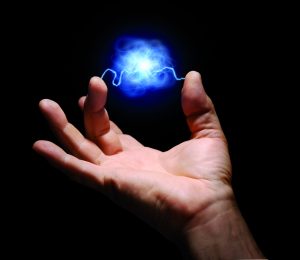
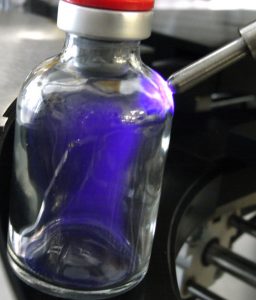
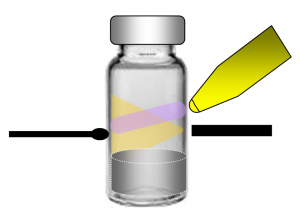

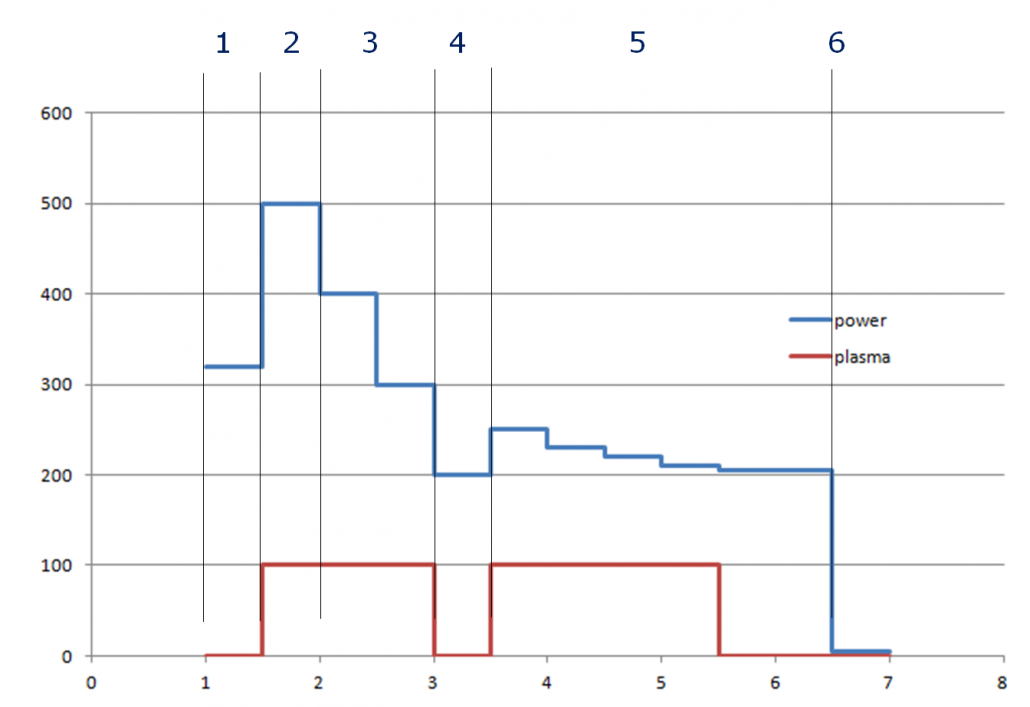
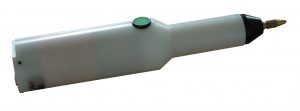
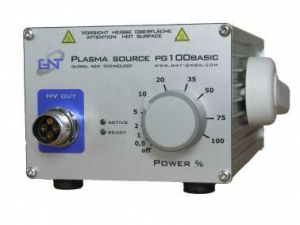
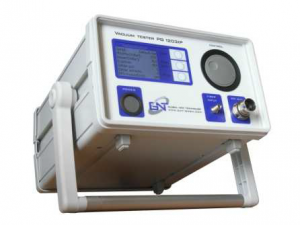
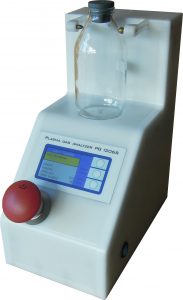
Du muss angemeldet sein, um einen Kommentar zu veröffentlichen.